| Aspect of Comparison | Honing | Sharpening |
|---|---|---|
| Definition | Realignment of the blade's edge without metal removal. | Removal of metal from the blade to create a new edge. |
| Purpose | Maintains the sharpness of the blade. | Restores a significantly dull or damaged edge. |
| Indications for Use | Regular maintenance. Before heavy usage. After exposure to harsh conditions. Observing minor dullness. |
Difficulty in cutting. Visible dullness. Inconsistent cutting. Still dull after honing. |
| Frequency | Routine practice, ideally before/after each use. | Less frequent, situational based on blade's condition. |
| Tools | Honing rods or steels made from ceramic, steel, or diamond-coated steel. | Whetstones, electric sharpeners, manual sharpeners. |
| Process | Gentle realignment of the blade's edge. | Aggressive grinding away of metal to reshape the edge. |
| Benefits | Quick and effective maintenance. Extends the life and effectiveness of blades. |
Restores original sharpness and functionality. Reshapes the edge into a keen cutting surface. |
The terms honing and sharpening are often used interchangeably in the context of blade maintenance. However, they refer to distinct processes. Understanding the difference is crucial for anyone looking to maintain or improve the performance of their cutting tools.
Why Does a Blade Dull?
Blades dull due to a combination of factors. Regular use gradually wears down the cutting edge. Microscopic imperfections, like nicks and bends, can also form, leading to a decrease in cutting efficiency. Environmental factors, such as exposure to moisture and acidic substances, contribute to dullness, too.
What Is Honing?
Honing is the process of realigning the edge of a blade. It does not remove significant amounts of metal from the blade. Instead, it straightens the existing edge, removing minor deviations and imperfections. Honing is typically a maintenance procedure, preserving the sharpness of the blade.
What Are Honing Tools?
Honing tools include honing rods or steels. They are usually made from materials like ceramic, steel, or diamond-coated steel. Honing rods don't have abrasive surfaces that shave off metal. Instead, they are designed to realign the edge of the blade without significant metal removal.
When to Hone a Blade
Honing a blade is an essential routine maintenance task, best performed under these circumstances:
- Regular Maintenance: Ideally, hone your blade before or after each significant use. This practice maintains the blade's edge and prolongs its sharpness, reducing the need for frequent sharpening.
- Before Heavy Usage: If you plan to use the blade for a demanding task, honing it beforehand ensures optimal performance. This pre-emptive measure maintains the edge, ensuring precision and efficiency.
- After Exposure to Harsh Conditions: If a blade has been used on hard or abrasive materials or exposed to corrosive substances, honing can help realign any minor edge deformities that might have occurred.
- Observing Minor Dullness: When you notice a slight decrease in cutting efficiency, but the blade is not entirely dull, honing is appropriate. It's an effective way to quickly improve performance without the need for full-scale sharpening.

Honing is a gentle, quick, and effective way to maintain a blade's sharpness. It's a skill that, when performed regularly, significantly extends the life and effectiveness of your cutting tools.
What Is Sharpening?
Sharpening, unlike honing, involves the removal of metal from the blade to create a new edge. It's necessary when a blade becomes significantly dull or damaged. Sharpening reshapes the edge of the blade, restoring its cutting capability.
What Are Sharpening Tools?
Sharpening tools include whetstones, electric sharpeners, and manual sharpeners. Whetstones, made from natural or synthetic materials, have various levels of grit for different stages of sharpening. Electric sharpeners offer convenience and precision, while manual sharpeners provide portability and control.

When to Sharpen a Blade
Sharpening a blade is crucial when it loses its effectiveness, a stage evident in a few key scenarios:
- Difficulty in Cutting: The most obvious sign is when the blade struggles to cut through materials it once handled easily. If slicing becomes laborious, or if you need to apply excessive force, it's time to sharpen.
- Visible Dullness: Inspect the edge of the blade under a light source. If the edge reflects light or appears rounded, it indicates dullness. A sharp blade should have an edge that's too fine to reflect light.
- Inconsistent Cutting: When a blade begins to tear or crush rather than cut cleanly, it's a sign that the edge is uneven and requires sharpening. This inconsistency can ruin the integrity of the material being cut.
- After Honing Still Dull: If you've honed your blade and it still doesn't perform as expected, sharpening is the next step. Honing can't fix a blade that has lost a significant amount of its cutting edge.
Sharpening should be done carefully, using the appropriate tools and techniques to avoid damaging the blade. Remember, frequent honing can reduce the need for frequent sharpening.
Honing and Sharpening: What Are the Differences?
Purpose
Honing and sharpening serve distinct purposes in blade care. Honing is akin to fine-tuning a musical instrument – it maintains the blade's sharpness. This process is essential to keep a blade at its optimal cutting performance. In contrast, sharpening is more like repairing or rebuilding – it's necessary when the blade's edge has deteriorated significantly. Sharpening brings a dulled or damaged edge back to life, restoring its original sharpness and functionality.
Process
The core difference between honing and sharpening lies in their respective processes. Honing involves the delicate art of realigning the blade's edge. It's a subtle yet effective procedure that straightens the microscopic teeth on the blade's edge without scraping away the metal. This realignment corrects the minor bends and nicks that occur through regular use. On the other hand, sharpening is a more aggressive approach. It involves physically grinding away a portion of the metal to forge a new, sharp edge. This process rejuvenates the blade by reshaping its edge into a keen cutting surface.
Frequency
The frequency of honing and sharpening varies considerably. Honing should be a routine practice, ideally performed before or after each significant use of the blade. This regular maintenance ensures the edge remains aligned and sharp for everyday tasks. Sharpening, in contrast, is less frequent and more situational. It's only necessary when the blade becomes notably dull or shows signs of significant wear and tear. The need for sharpening arises less often, depending on the blade's usage, material, and maintenance habits.
Tools
The tools used for honing and sharpening are distinct in their design and application. Honing is typically performed using honing rods or steels. These tools are long, slender, and often made from materials like ceramic or diamond-coated steel. Their surface is crafted to realign the blade's edge without removing metal. Conversely, sharpening tools are varied and include whetstones, electric sharpeners, and manual sharpeners. Whetstones, available in different grit sizes, allow for the gradual and controlled removal of metal. Electric sharpeners offer convenience and consistency, while manual sharpeners provide a more hands-on approach. Each sharpening tool is designed to effectively remove metal from the blade, creating a new, sharp edge.
In summary, honing and sharpening are complementary processes in blade maintenance. Honing is a regular, gentle realignment to maintain sharpness while sharpening is an occasional, more intensive process to restore a dulled edge. Understanding and correctly applying both will significantly enhance the longevity and efficacy of your cutting tools.
Final Words
Both honing and sharpening are essential for maintaining the functionality and longevity of blades. Regular honing extends the time between sharpenings, ensuring that your cutting tools perform at their best. Understanding and applying both techniques will ensure that your blades remain sharp, safe, and effective for a long time.

FAQs about Honing vs Sharpening
Q1: Can honing replace sharpening if done frequently enough?
A1: No, honing and sharpening serve different purposes. Frequent honing maintains the blade's edge but cannot substitute for sharpening when the blade becomes significantly dull. Sharpening is necessary to remove metal and create a new edge.
Q2: How can I tell if my blade needs honing or sharpening?
A2: If the blade is not cutting effectively but doesn't appear visibly dull, it likely needs honing. If the blade is visibly dull, struggles significantly in cutting, or honing doesn't improve its performance, then it needs sharpening.
Q3: Is it possible to over-hone a blade?
A3: Yes, over-honing a blade can lead to unnecessary wear. While honing is a gentle process, excessive honing, especially with heavy pressure, can gradually wear down the blade. It's important to hone only as much as needed to realign the edge.
Q4: Do all types of blades require honing and sharpening?
A4: Most cutting tools benefit from honing and sharpening, but the frequency and methods vary depending on the blade type. For instance, kitchen knives require regular honing, whereas gardening tools might need less frequent maintenance.
Q5: Can I use any honing rod for my blade?
A5: While many honing rods are versatile, it's best to use a rod compatible with your blade type. Harder steels may require diamond-coated rods, while softer steels can be honed with ceramic or traditional steel rods.
Q6: How do I choose the right grit for sharpening my blade?
A6: The choice of grit depends on the blade's condition and the desired sharpness. Start with a coarser grit if the blade is very dull, and finish with a finer grit for a polished edge. Medium grit is often sufficient for routine sharpening.
Q7: How often should I sharpen my kitchen knives compared to outdoor tools?
A7: Kitchen knives generally require more frequent sharpening than outdoor tools due to regular use. Sharpen kitchen knives a few times a year or as needed, while outdoor tools might only need annual sharpening, depending on use.
Q8: Is there a difference in honing and sharpening techniques for different blade materials?
A8: Yes, different materials may require specific honing and sharpening techniques. For instance, high-carbon steel blades need careful handling to prevent chipping, while ceramic blades require specialized sharpening tools.
Q9: Can I use honing steel for serrated blades?
A9: Honing steels are generally not effective for serrated blades. Serrated blades require specialized tools for sharpening, as their unique edge design needs individual attention to each serration.


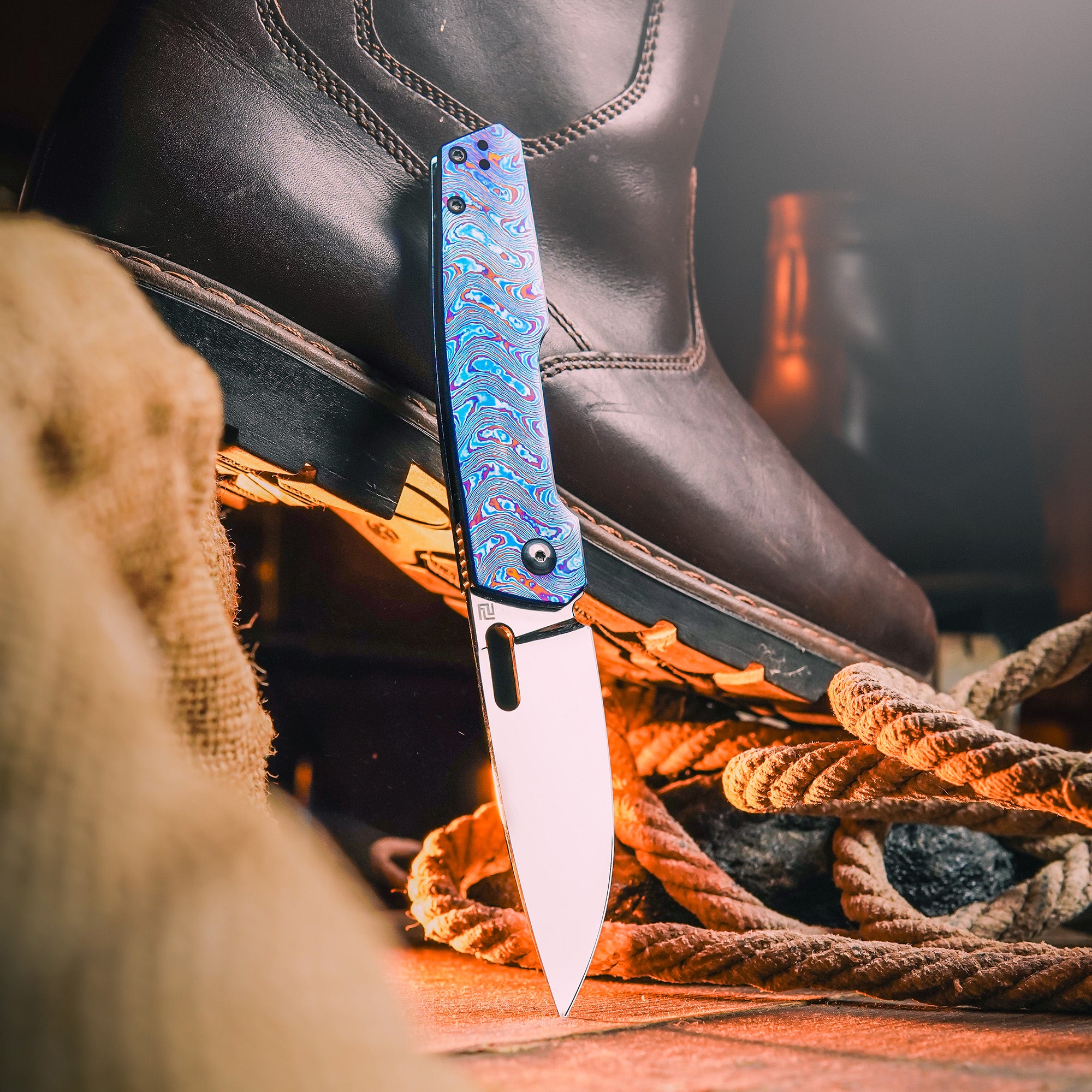
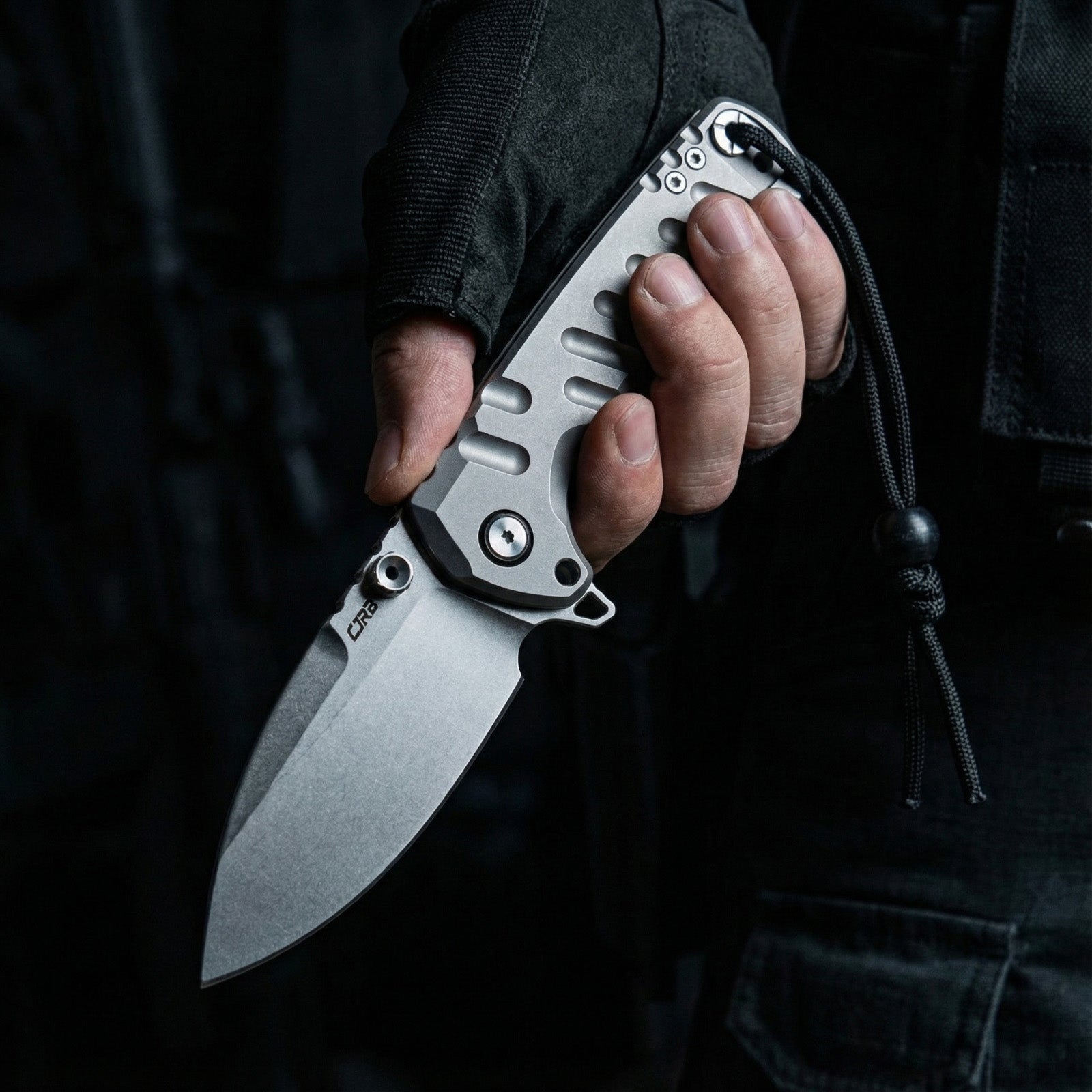
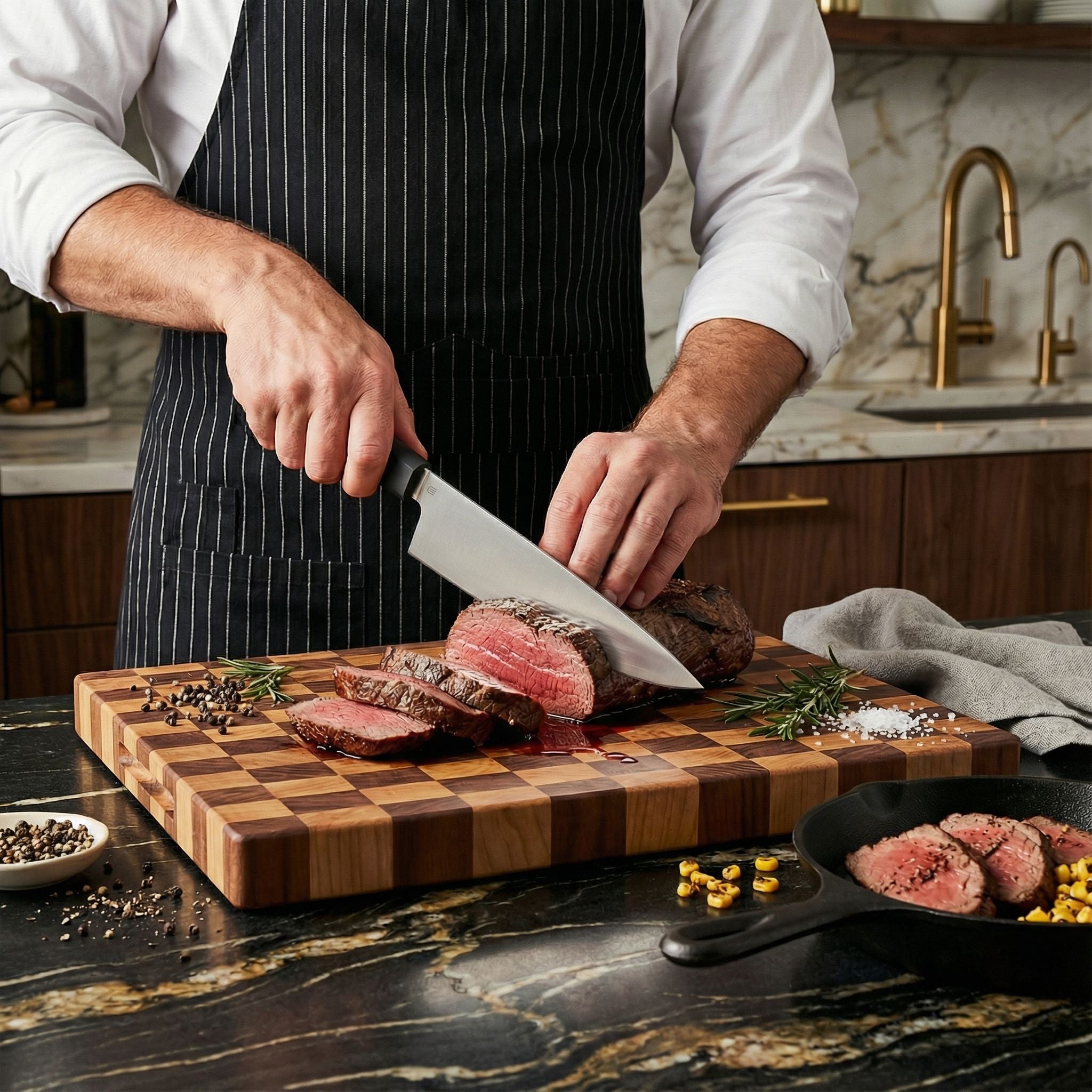
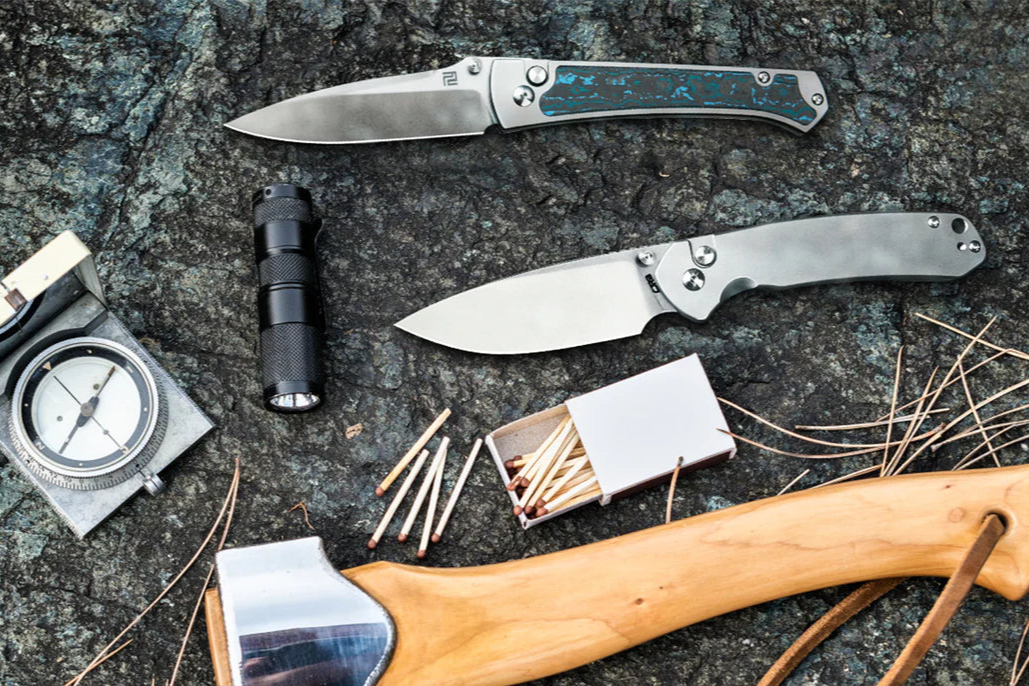

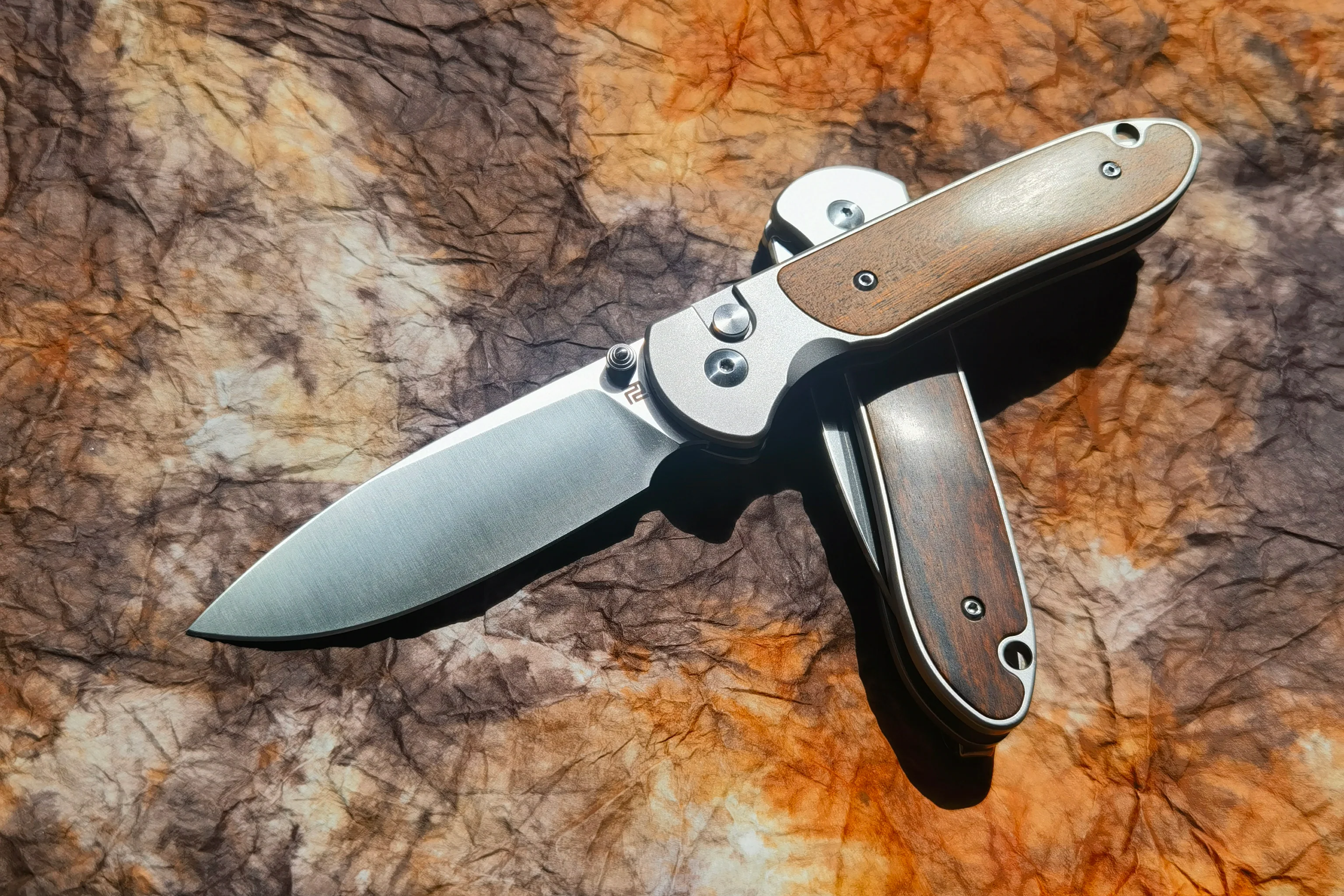


Leave a comment
All comments are moderated before being published.
This site is protected by hCaptcha and the hCaptcha Privacy Policy and Terms of Service apply.